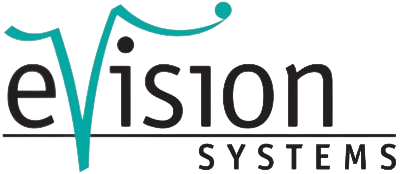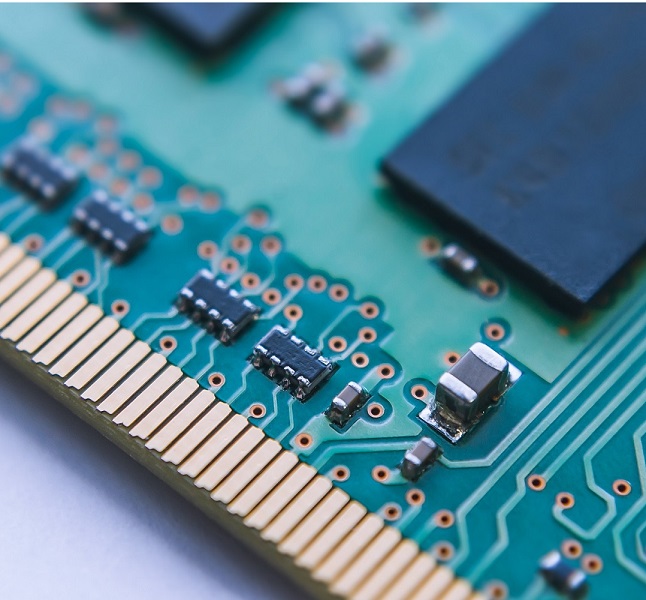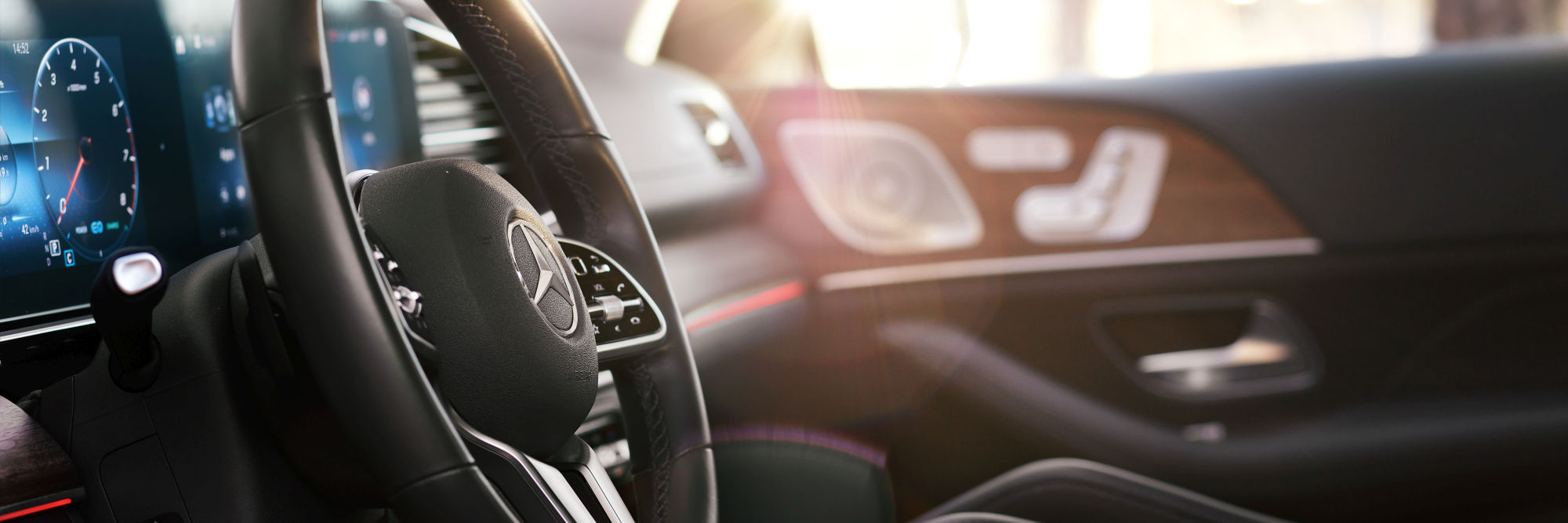
Automotive Ethernet - advantages of the bus system
What is the Automotive Ethernet Bus (100 Base-T1)?
Automotive Ethernet is a communication structure for automotive technology. Due to the increasing number of individual systems such as the on-board network, driver assistance systems, systems for infotainment and navigation, in short, due to the increasing use of computer-based systems and applications with the lowest latency times, concepts are required with which these requirements are implemented can be.
The Can Bus vs Automotive Ethernet Bus?
Since not every command in the car has the same importance (e.g. engine data is much more important than the air conditioning), different speeds are used for data transmission. Strictly speaking, the CAN bus does not multitask, but rather regulates everything in sequence. With the latest developments in vehicle construction (and with the new requirements of video technology) it is therefore gradually reaching its limits. The automotive Ethernet bus enables a higher simulated data throughput, which enables a wide range of future applications.
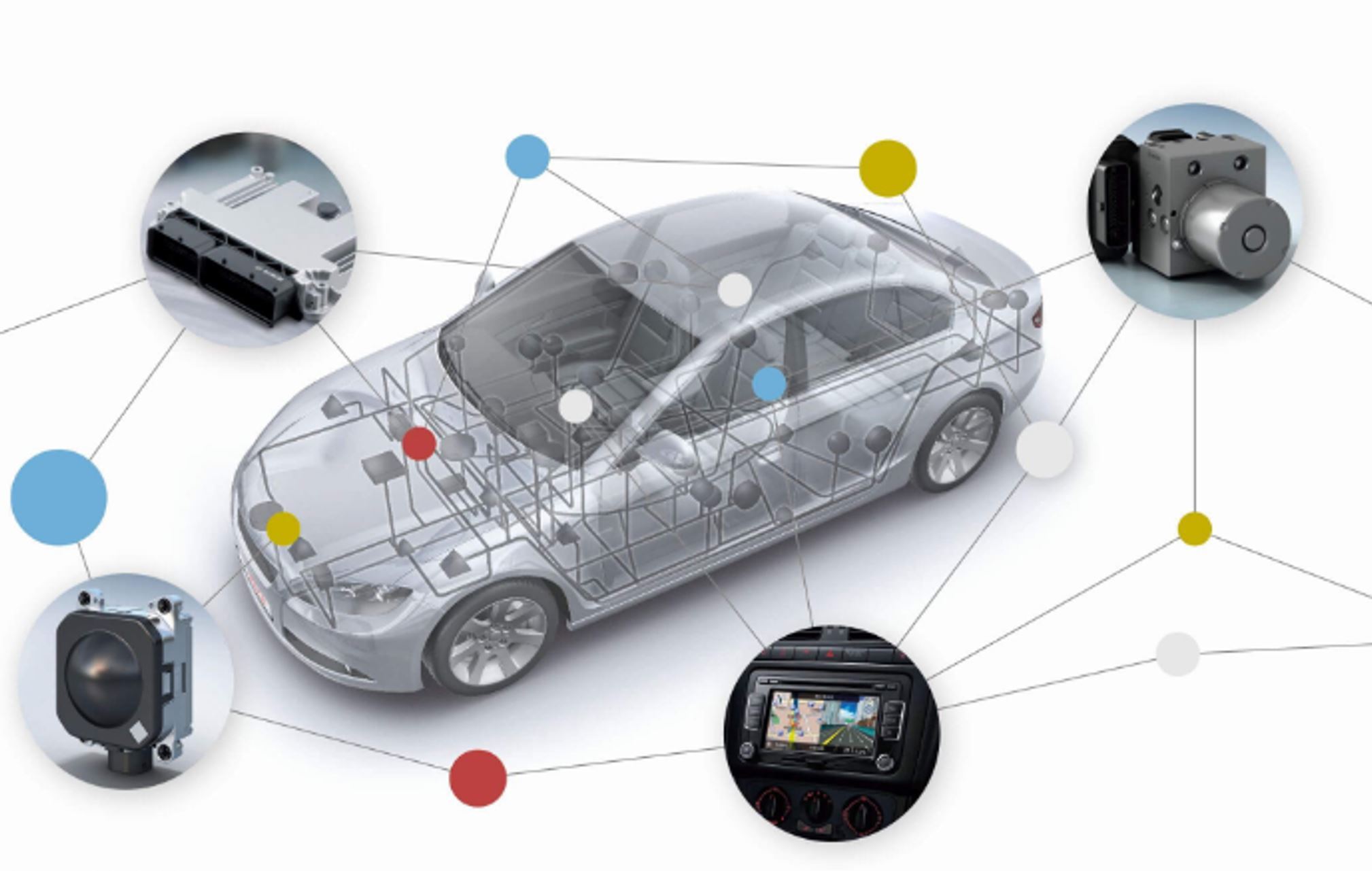
Where is the Automotive Ethernet Bus already being used?
Ethernet technology is already used in many areas in vehicles: for in-vehicle communication, measurement and calibration, diagnosis via DoIP and communication between electric vehicles and charging stations. ADAS functions for automated and autonomous driving and use cases in the infotainment area also rely on Ethernet. Furthermore, Ethernet is used as a data backbone and thus connects the various communication domains of an E / E architecture.
Vehicle manufacturers and suppliers are confronted with a multitude of challenges, e.g. with the introduction of service-oriented communication. Security aspects also play an important role. Vector supports you with professional tools, basic software, training courses and services.
The advantages of the automotive ethernet bus
The main difference is that the 150 Mbit / s from MOST is distributed over the entire network in the so-called ring topology, whereas every automotive Ethernet link offers the full bandwidth of 100 Mbit / s. Automotive Ethernet thus achieves a higher bandwidth than most of the serial data standards used in the automotive sector. Since you also have to make do with unshielded twisted pair cables, inexpensive cabling options are available. The weight of the cabling is approximately 30 percent less compared to shielded cables. This also means a cost saving of around 80 percent. Automotive Ethernet fulfills the strict EMC and EMI requirements as well as the requirements for the temperatures required in the automotive sector. Another advantage of Ethernet for automobiles is that all software interfaces of the upper levels of the Ethernet stack are exactly the same as with standard Ethernet. Anyone who has worked with Ethernet before probably already has the tools and software you need.
Tools for Automotive Ethernet Design Testing
Due to the increasingly better equipped ADAS systems, the need for a high-speed data bus is increasing. Automotive Ethernet is flexibly expandable and thus very well suited to current and future requirements for transmission speed in the vehicle. However, the two-wire full-duplex 100BASE-T1 (PAM 3) signaling of automotive Ethernet is difficult to access losslessly at the physical layer for protocol analysis. Active tapping of the 100BASE-T1 bus results in latency and buffering limitations and may not provide real timing and protocol layer information to address the design issues. Oscilloscope-based protocol decoding solutions have buffer size limitations and make it difficult to use in real applications due to the low utilization of the 100BASE-T1 bus.
Translated with www.DeepL.com/Translator (free version)
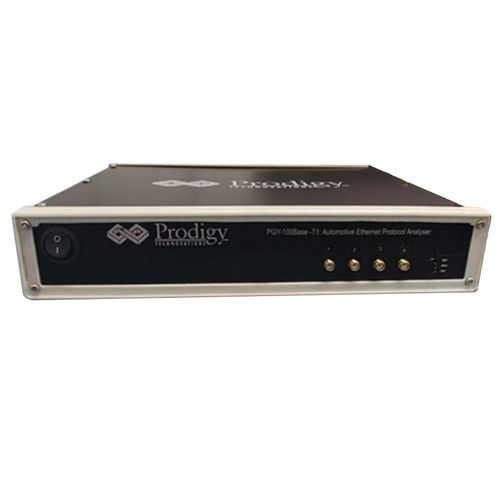
Protocol Analyzer for Automotive Ethernet
Prodigy Technovations' 100BASE-T1 Automotive Ethernet Protocol Analyzer provides an industry-first solution for non-intrusive passive tapping of the 100BASE-T1 bus at the physical layer, ensuring latency-free and accurate log data capture. Powerful basic and multi-level Layer 2 through Layer 7 protocol trigger functions enable the design engineer to capture protocol activity on a given event. PGY-100BASE-T1-PA supports continuous streaming of captured log data to the host computer SSD/HDD hard drive, enabling capture over long periods of time.
